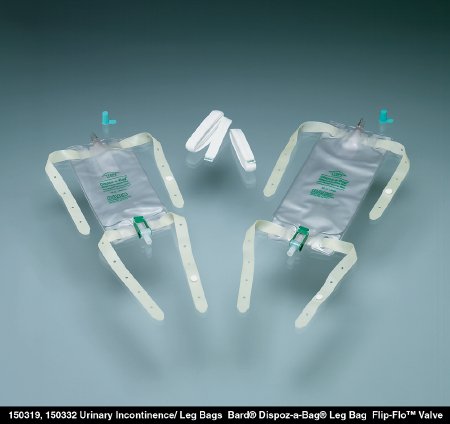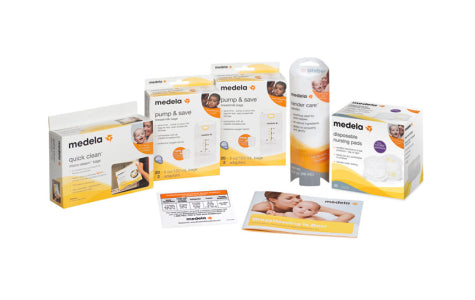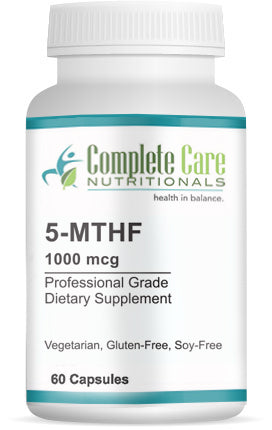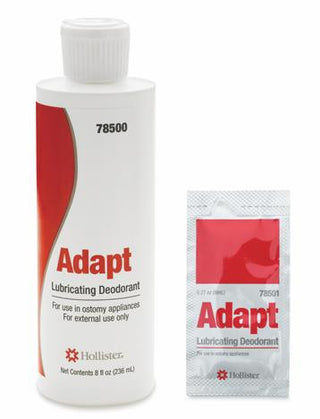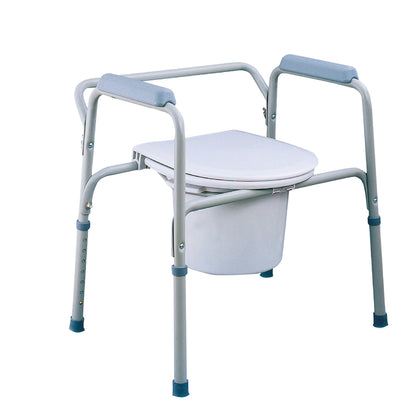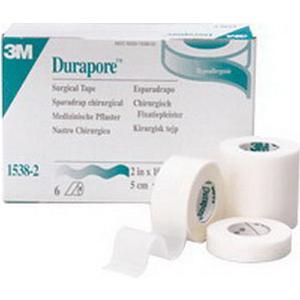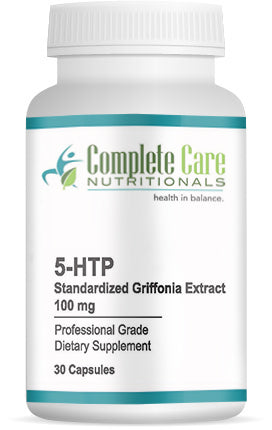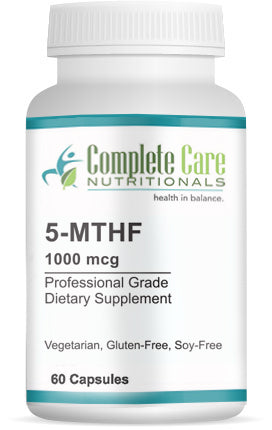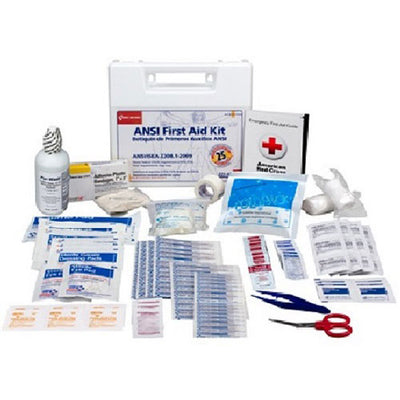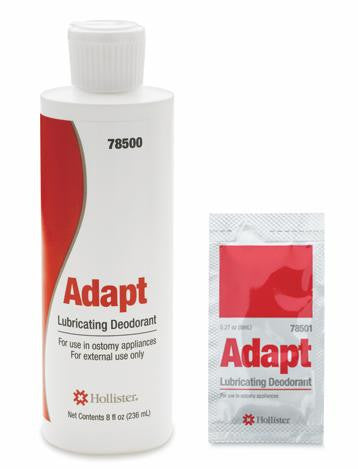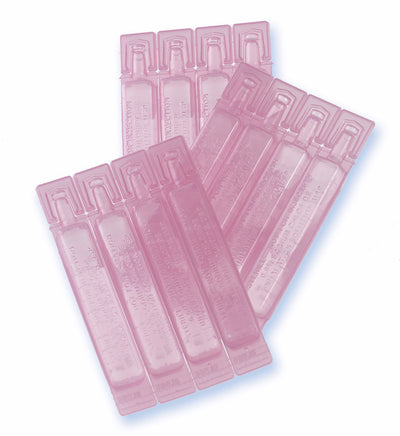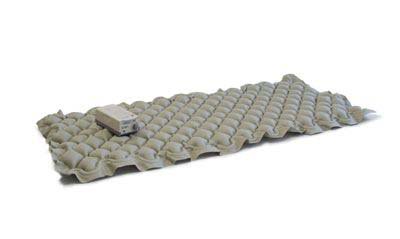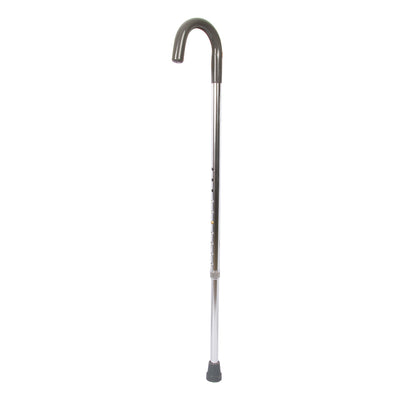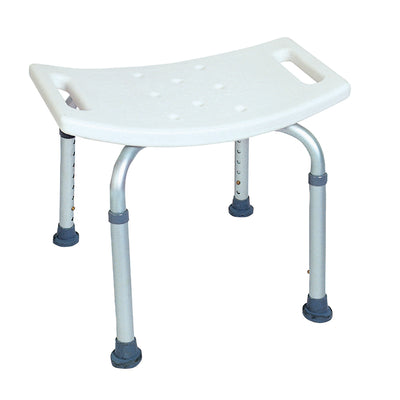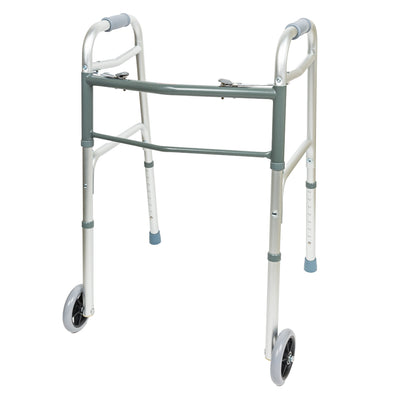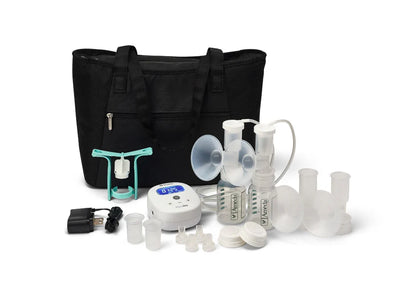Testicular cancer is a topic that often goes unaddressed despite its significant impact on men's health. In this article, we will delve into the essential aspects of testicular cancer, including its risks, symptoms, and crucial prevention tips.
Understanding Testicular Cancer
Testicular cancer originates in the testicles, the male reproductive glands responsible for producing sperm and testosterone. It typically develops when normal, healthy cells undergo genetic mutations, leading to uncontrolled growth and the formation of tumors.
There are two main types of testicular cancer: seminoma and non-seminoma. Seminomas usually occur in men between their late 30s and early 50s, while non-seminomas tend to affect younger men. Each type may require different treatment approaches, highlighting the importance of accurate diagnosis.
Early detection and diagnosis are paramount for successful treatment outcomes in testicular cancer cases. Regular self-examinations and prompt medical attention upon noticing any abnormalities can significantly improve prognosis and treatment efficacy.
Risk Factors for Testicular Cancer
Several factors can increase the risk of developing testicular cancer. Age is a significant factor, with the condition being more common in younger men, particularly those between the ages of 15 and 35. Additionally, having a family history of testicular cancer or a previous personal history of the disease increases one's susceptibility.
Lifestyle choices can also impact the risk of testicular cancer. For instance, smoking tobacco and exposure to certain environmental toxins or chemicals have been associated with a higher incidence of the disease. Understanding these risk factors can help individuals make informed decisions about their health behaviors.
Signs and Symptoms
Recognizing the signs and symptoms of testicular cancer is crucial for early detection and timely intervention. Common indicators include the presence of a painless lump or swelling in the testicle, persistent discomfort or pain in the scrotum or groin area, and changes in the size, shape, or texture of the testicles.
Regular self-examinations can facilitate the early detection of testicular cancer. Men are encouraged to perform monthly self-checks, paying attention to any unusual changes in their testicles. Prompt medical consultation should be sought if any abnormalities are detected during self-exams.
Diagnostic Procedures
If you do find abnormalities, various diagnostic procedures are employed to confirm testicular cancer and assess its extent. Physical examinations, including palpation of the testicles and lymph nodes, are often the initial steps in the diagnostic process. Imaging tests such as ultrasound and computed tomography (CT) scans provide detailed views of the testicular area, aiding in tumor localization and staging.
Blood tests measuring tumor markers, such as alpha-fetoprotein (AFP), beta-human chorionic gonadotropin (β-hCG), and lactate dehydrogenase (LDH), can further assist in diagnosis and monitoring. Urologists and oncologists play pivotal roles in coordinating diagnostic evaluations and formulating individualized treatment plans based on the findings.
Treatment Options
Treatment for testicular cancer depends on various factors, including the type and stage of the disease, as well as the patient's overall health and preferences. Surgical intervention, such as orchiectomy (removal of the affected testicle), is often the primary treatment for early-stage tumors.
In cases where the cancer has spread beyond the testicle, adjuvant therapies such as chemotherapy and radiation therapy may be recommended to target the remaining cancer cells and prevent recurrence. It's essential for patients to discuss treatment options and potential side effects with their healthcare providers to make informed decisions about their care.
Prevention and Awareness
While the causes of testicular cancer are not fully understood, adopting certain preventive measures can help mitigate risk. Regular self-examinations enable early detection of abnormalities, facilitating timely medical intervention. Additionally, maintaining a healthy lifestyle, including regular exercise, a balanced diet, and avoidance of tobacco and harmful chemicals, can contribute to overall well-being and reduce the likelihood of developing testicular cancer.
Raising awareness about testicular cancer and the importance of early detection is paramount in promoting men's health. Educational campaigns, community outreach initiatives, and healthcare provider engagement can empower individuals to prioritize their urological health and seek timely medical attention when needed.
Testicular cancer is a serious but treatable condition, and early detection plays a crucial role in improving outcomes. By understanding the risks, recognizing the symptoms, and taking proactive steps for prevention, individuals can prioritize their urological health and well-being. Stay informed, stay vigilant, and prioritize regular check-ups and screenings for optimal urological health.








